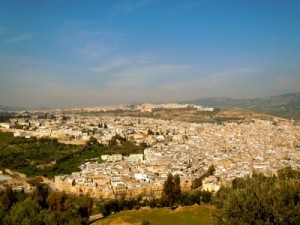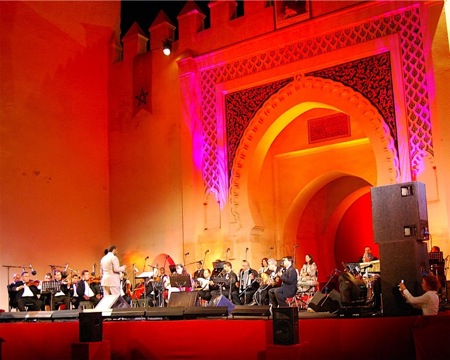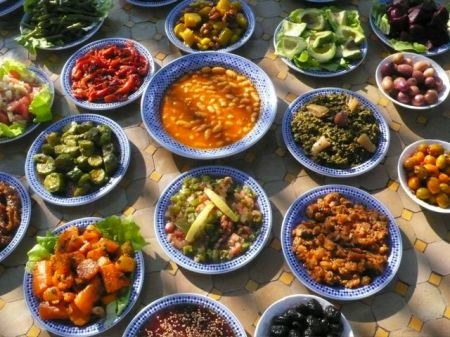Posts Tagged ‘Fes UNESCO World Heritage Site’
If you’re traveling in Morocco and only have 24 Hours in Fes then it’s important to know what to see and where to eat. Morocco Travel guide books such as Lonely Planet, Frommers and Rough Guides can be the perfect travel companion for those who desire to see and do the status quo in Fes however first hand experience from a foreigner living in Morocco can offer more off the beat experiences. When starting a 24 hour spin around the old medina, Fes El Bali, you can brave it alone or higher a local, expert Fes historical guide. Either way a Fes tour can be fulfilling in this ancient city which is a UNESCO World Heritage site. If you brave it alone to discover what’s behind the ancient medina walls of Fes, these travel tips of what to see and where to eat will make it worthwhile.
The 16th Edition of the Fes Festival of World Sacred World Music will take place in Fes, Morocco from June 4th -12th, 2010. Travel Exploration Morocco offers a tour to the Fes Festival for 11 Days/ 10 Nights that includes the opportunity to visit the Best of Morocco while enjoying Music at the Fes Festival of World Sacred Music. The Fes Festival of World Sacred Music Morocco Tour Itinerary gives Moroccan Travelers the opportunity to discover Morocco’s Imperial Cities in a 4×4 on a Private Morocco Tour visiting Casablanca, Marrakech, Fes, Meknes and the Roman Ruins of Volubilis while basking their ears in International World Music alongside Traditional and Contemporary Moroccan music traditions.
The 16th Edition of the Fes Festival of World Sacred Music will take place in Fes, Morocco from June 4th -12th, 2010. The Fes Festival’s theme for 2010 is “Journey of Initiation: from mystery to revelation. The Fes Festival of World Sacred Music is 9-day celebration held in mid-summer (June 2010) that takes place in the imperial city of Fes. The festival was founded in 1994 by the Moroccan scholar and philanthropist Faouzi Skali and was created to showcase major musical traditions of sacred, spiritual music and world music. The current Artistic Director is Cherif Khaznadar, a pioneer of world music and one of the most influential Artistic Directors on the scene. Each year the festival celebrates artists from Muslim, Jewish, Christian, Hindu and other faiths to perform together in a spirit of mutual respect and collaboration.
Fes is the perfect place for a Morocco Travel Vacation or a short break. Fes is a UNESCO World Heritage site and one of Morocco’s most traveled Imperial cities. Moroccan travelers visit Fes to discover Fassis heritage historical treasures and haute cuisine. The Guinness Book of World Records considers the University of Al-Karaouine Fes, Morocco the oldest continuously operating degree-granting university in the world.





